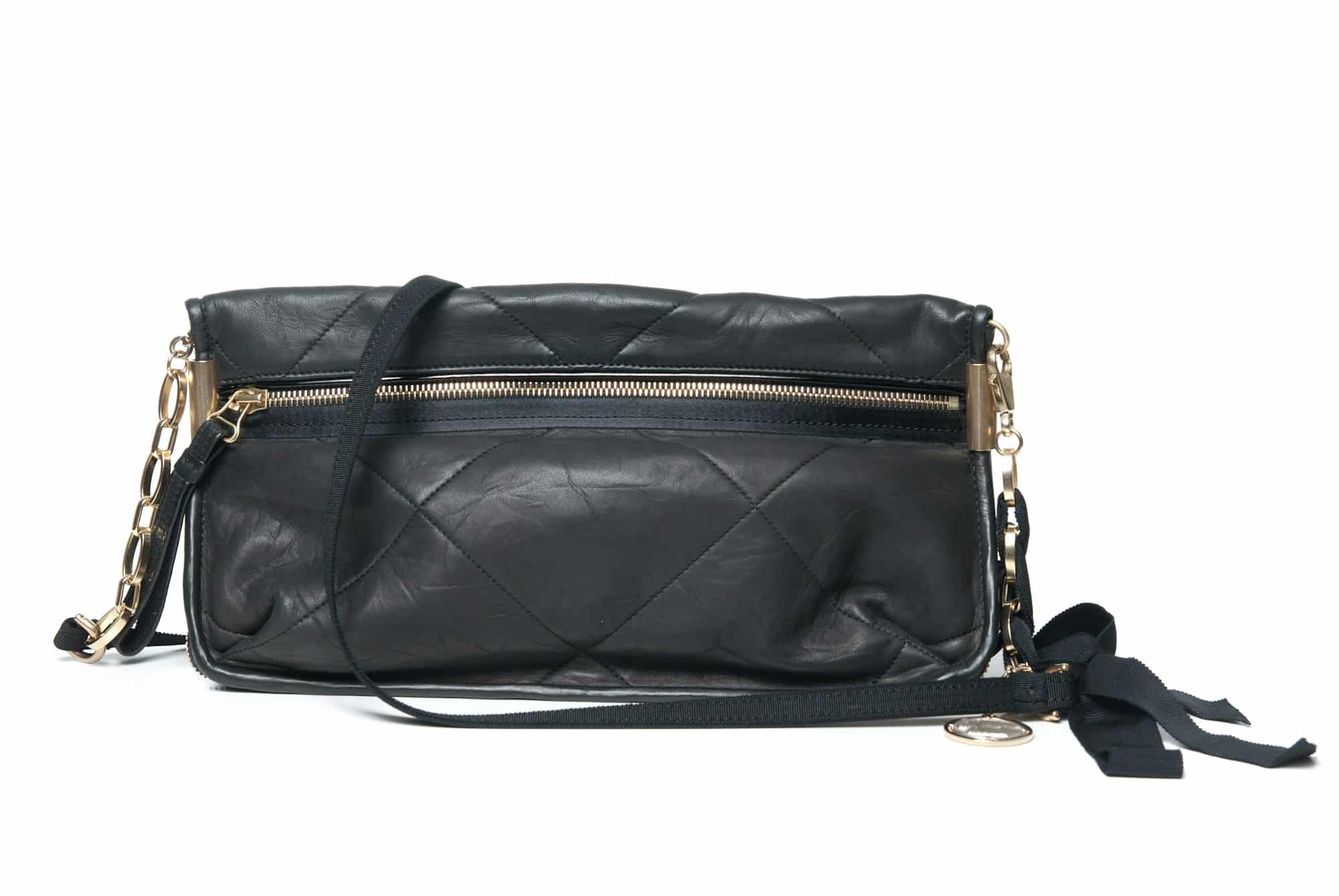For most drivers, the clutch pedal’s operation is the least of their worries. However, keen drivers understand that a finely tuned clutch pedal can significantly improve the driving experience. This article details the correct procedure for checking and adjusting the clutch pedal’s free play in a manual transmission car.
Clutch Pedal Free Play, Defined
Understanding the clutch pedal’s free play is the first step in knowing how to adjust it. The term "free play" refers to the amount of movement in the clutch pedal before it starts to engage the clutch. Essentially, it’s the distance the pedal can be depressed before any real action begins.
Topic to read : How should you properly align the headlights of a vintage car?
In most manual transmission vehicles, this free play is desirable because it ensures that the clutch is entirely disengaged when the clutch pedal is released. The free play typically facilitates a smoother ride by reducing the car’s juddering when changing gears.
However, if there’s too much or too little play, it can cause problems. Excessive play can make the car difficult to drive, as you have to push the pedal too far down before it engages. On the other hand, too little play can cause the clutch to engage too quickly, which can lead to premature wear and even damage.
Also to see : What are the best practices for maintaining the sunroof mechanisms to prevent leaks during rainy seasons?
Checking the Clutch Pedal Free Play
What will you need to check the clutch pedal’s free play? For this task, you will require a ruler or tape measure to measure the amount of free play. The exact location of the measurement can vary, but generally, it should be taken at the pedal’s top edge.
To test the clutch pedal’s free play, first, ensure the car is turned off. Push down on the clutch pedal lightly with your hand until you feel the slight resistance. This resistance is the point at which the clutch begins to engage. Now, measure the distance the pedal travelled from its rest position to this point. The measurement you get is the clutch pedal’s free play.
The appropriate amount of free play can vary depending on the car’s make and model. Still, generally, it should be between 10 to 20 millimeters. If the free play is outside of this range, an adjustment might be necessary.
Adjusting the Clutch Pedal Free Play
Suppose you’ve determined that the free play is not within the desired range. In that case, an adjustment is crucial to prevent any damages to the car’s transmission.
Before any adjustment, make sure you consult your vehicle’s service manual as the procedure may vary. In most cases, the adjustment involves shortening or lengthening the clutch cable.
There are typically two adjustment points: one at the clutch pedal and one at the transmission end of the cable. A lock nut and an adjuster nut on the clutch cable manage the cable’s length. To adjust the free play, loosen the lock nut and then turn the adjuster nut to the desired direction. Turning the adjuster nut clockwise will shorten the cable and decrease free play, while anti-clockwise will lengthen the cable and increase free play.
After making the adjustment, remember to tighten the lock nut to secure the adjustment and prevent it from changing due to vibrations when driving.
The Importance of Regular Checks and Adjustments
Just as with any other component of a car, regular checks and adjustments of the clutch pedal are necessary to ensure optimal performance and longevity. The clutch is a vital part of the manual transmission car, and any malfunction can lead to severe damage to the vehicle’s transmission system.
Regular checks and adjustments allow you to catch any issues early before they evolve into more significant, costly problems. You’ll also enjoy a smoother ride and improved fuel efficiency with a well-adjusted clutch pedal.
Don’t hesitate to consult a professional mechanic if you’re unsure about any of these steps. They have the expertise and experience to accurately check and adjust your clutch pedal’s free play, ensuring your vehicle’s transmission operates efficiently and effectively.
The Role of the Master Cylinder in Clutch Pedal Free Play
The master cylinder is a crucial component in the clutch system of a manual transmission car. It is responsible for creating hydraulic pressure that activates the release or slave cylinder, which then disengages the clutch. When you push down on the clutch pedal, it’s the master cylinder that puts the pressure on the hydraulic fluid to activate the clutch mechanism.
The master cylinder is also important when discussing clutch pedal free play. It’s the pressure plate that dictates the amount of free play the pedal should have. If the pressure plate is not properly set or worn, it could affect the pedal’s free play. This could lead to decreased performance and can even damage the transmission system over time.
To test the master cylinder’s condition and its impact on the clutch pedal’s free play, you must depress the clutch pedal and observe its response. If the pedal is hard to press or stays stuck at the bottom, there could be a problem with the master cylinder.
As with the clutch cable, if you suspect any issues with the master cylinder affecting your clutch pedal free play, it’s best to consult a professional mechanic. They can conduct a comprehensive test of the clutch system and perform any necessary repairs or replacements to ensure the correct clutch pedal free play.
Conclusion: The Importance of Correct Clutch Pedal Adjustment
In conclusion, understanding the concept of clutch pedal free play and knowing how to check and adjust it are crucial skills for any manual transmission car owner. A well-adjusted clutch pedal ensures that your vehicle operates efficiently, provides a smoother ride, and prevents premature wear and damage to the transmission system.
The clutch pedal free play is primarily influenced by the pressure plate and the master cylinder and is adjusted by modifying the length of the clutch cable. Regular checks of the free play and timely adjustments, based on the measured pedal travel, can significantly improve the car’s performance and prolong the components’ lifespan.
If you’re unsure about the process or encounter any difficulties while adjusting the clutch pedal free play, don’t hesitate to consult a professional mechanic. They have the necessary expertise and experience to accurately assess and rectify any issues, ensuring that your manual transmission car continues to perform at its best. Remember, regular checks and adjustments to the clutch pedal free play are as essential as any other car maintenance.
By following the simple steps outlined in this article, you can ensure that your clutch pedal is always in optimal condition. So here’s to many more miles of smooth, enjoyable driving in your manual transmission car!











